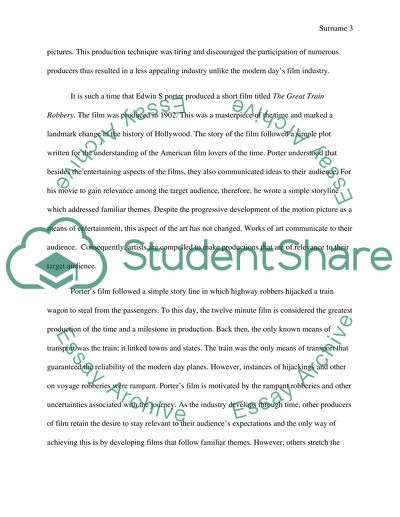Cite this document
(“Issues in Film History Essay Example | Topics and Well Written Essays - 1750 words”, n.d.)
Issues in Film History Essay Example | Topics and Well Written Essays - 1750 words. Retrieved from https://studentshare.org/visual-arts-film-studies/1469634-issues-in-film-history
Issues in Film History Essay Example | Topics and Well Written Essays - 1750 words. Retrieved from https://studentshare.org/visual-arts-film-studies/1469634-issues-in-film-history
(Issues in Film History Essay Example | Topics and Well Written Essays - 1750 Words)
Issues in Film History Essay Example | Topics and Well Written Essays - 1750 Words. https://studentshare.org/visual-arts-film-studies/1469634-issues-in-film-history.
Issues in Film History Essay Example | Topics and Well Written Essays - 1750 Words. https://studentshare.org/visual-arts-film-studies/1469634-issues-in-film-history.
“Issues in Film History Essay Example | Topics and Well Written Essays - 1750 Words”, n.d. https://studentshare.org/visual-arts-film-studies/1469634-issues-in-film-history.


